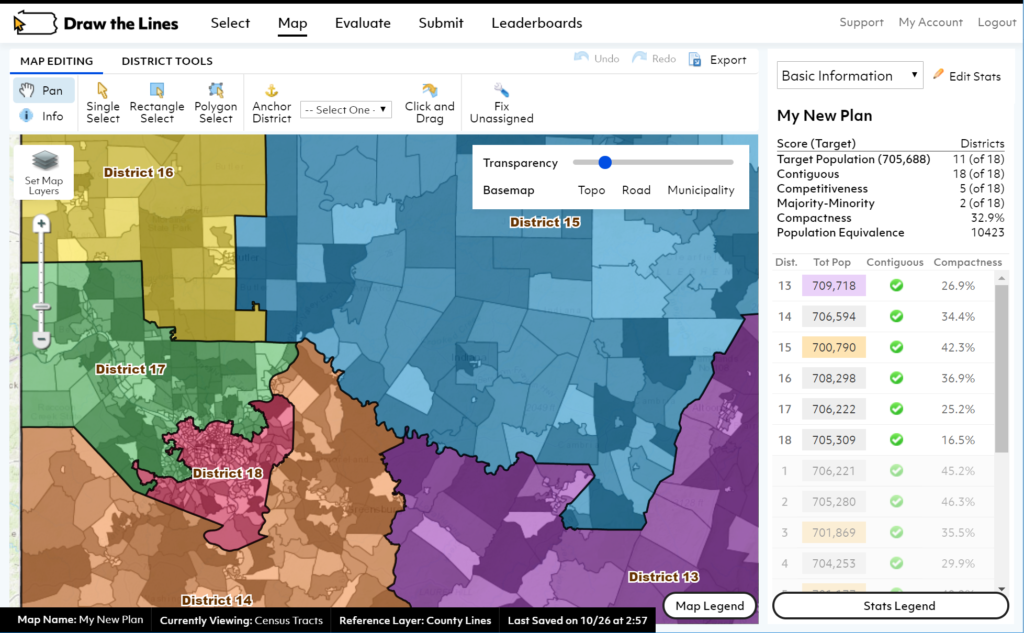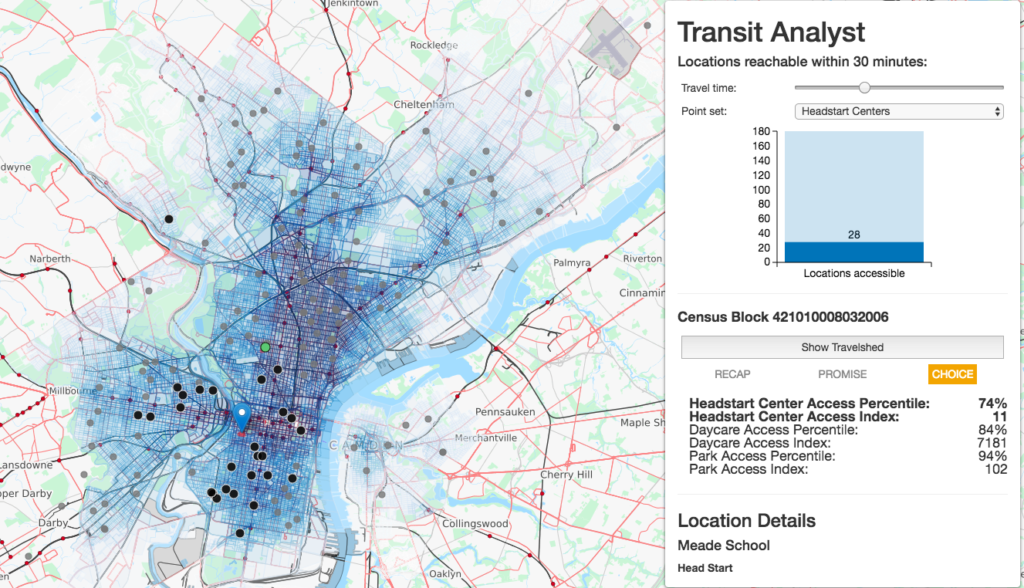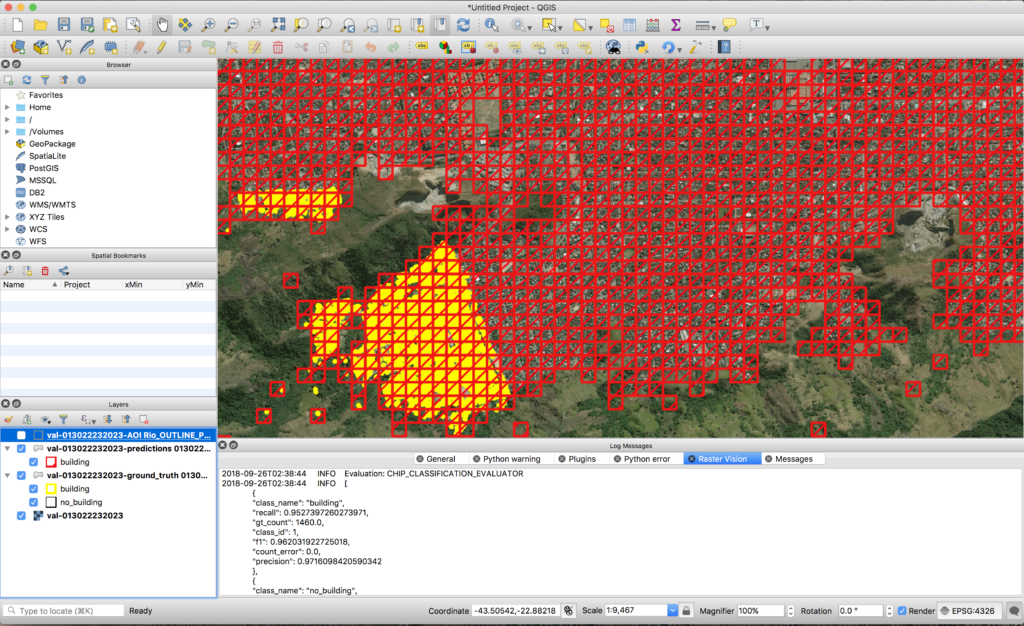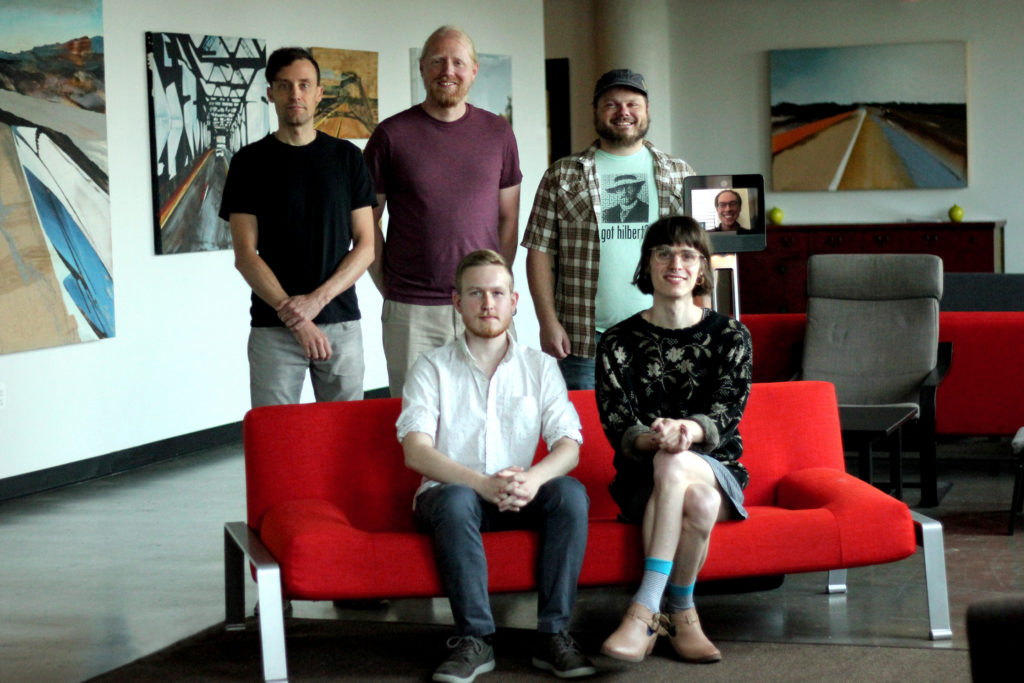Azavea is a privately held company that does not have outside investor capital, but we generate a lot of innovative projects. We build most of our tools under open source licenses and we try to openly share our knowledge with other people. Given this atypical business practice, people often ask us, “How do you fund your innovation?” I’d like to try and outline some of the ways we do this as a bootstrap company without outside capital.
When I started this company 18 years ago, I was trying to recapture two facets of from my graduate school and my early professional experience: the spirit of inquiry and learning and the opportunity to do meaningful work that has a positive impact on people’s lives. The company’s origin is rooted in the idea of bringing these two things together, and both ideas are reflected in our mission: to advance the state of the art in geospatial technology and apply it for civic, social, and environmental impact. Our organizational purpose is to invent new technology and then apply it for positive ends.
To that end, we recognize that research and innovation are keys to our success. While many of our structures and strategies have changed over time, here are six ways we fund our R&D and innovation efforts:
1. Internal: 10% time program
The first way we fund R&D efforts at Azavea is by simply encouraging our colleagues to spend time on it. We expect everyone to spend some of their time on learning new skills, and after the first six months, we allow people to allocate up to 10 percent of their working hours to a research or learning project. Under this “10% time” program, people can craft a plan that focuses on learning a new skill, testing a new technology, or even taking a course – as long as it both sparks the person’s interest, it’s related to Azavea’s work, and it aligns with Azavea’s mission of having a positive civic and social impact.
This program has been instrumental in changing our work and taking the company in new directions. Colleagues have explored new technologies, created new product prototypes, built new components, and learned new skills that have been utilized in future work. Not all of the work done through the 10% time program gets folded into products or future work, but many things do. And above all, it enables people to explore topics that interest them and learn new skills, both of which build a more stimulating and productive environment. The 10% time program highlights the value we place on our colleagues’ voices. 10% time is a mechanism by which Azavea began working with and contributing to open source software. In fact, the 10% time program itself is in place at the recommendation of a former employee.
One example of a successful 10% time project has been those projects that have fueled our work in redistricting. UX designer Jeff Frankl has spent some of his 10% time redesigning the next generation of DistrictBuilder, our open source software for redistricting. Jeff’s investment resulted in a new prototype that shifted much of the data processing from the web server to the web browser, enabling faster processing, smoother user interaction, and reduced cost. In the process, Jeff learned new libraries and incorporated them into future projects. Senior GIS Analyst Daniel McGlone dedicated his 10% time to studying gerrymandering and its relation to redistricting. He has written blogs and contributed to several white papers. This work has contributed to Azavea winning new professional services related to redistricting as well as serving as an expert witness in redistricting cases.
Our participation in The Opportunity Project was another great example of 10% time work. Software engineer Kathryn Killebrew led a project in collaboration with Mike Maurizi to use open data sets released by the federal government. They created TransitAnalyst.com, an online software application that combines public transit data with housing and economic data to help communities understand where critical resources are located in relation to public transit.
The 10% time program continues to be a key mechanism for funding innovation at Azavea. Most projects do not yield commercial results, but they represent many low risk bets with potential for high impact and contribute to an environment of ongoing learning and professional growth. Read more about our 10% time program in Technically Philly, Tugboat Institute, or Directions Magazine.
2. Internal: High risk, long-term investment
The second major funding strategy we employ is investment of our cash flow and profits in strategic projects that could become significant new tools for us in the future. 10% time projects are low risk bets, but any given project is less likely to have a major impact on our work. This second type of internal funding works the opposite way: these projects often have a higher risk with more financial resources at stake, but if they pan out (often after several years), they have the potential to become major products and/or sources of new funding.
GeoTrellis is both a recent and long-term example of this type of bet. I had an idea more than 20 years ago to create a web-based raster spatial analysis system. I felt that the key bottlenecks were UX design and analysis speed. We worked on several successive efforts to build distributed raster data processing solutions in order to attack the data processing performance and latency issue. The effort began with REX, a real estate analysis system (and an early colleague’s first 10% time project). The second attempt was DecisionTree, a software library for distributing data processing across multiple computing devices. About seven years ago, this morphed into GeoTrellis, our first open source attempt at this problem. GeoTrellis, now a project at the Eclipse Foundation, hosts a large community of contributors, who continue to expand and improve the effort. The GeoTrellis software library powers other tools we have since built and is used as a building block for customer software projects, generating ongoing revenue.
Raster Vision is our newest major open source project. About two years ago, we saw AI and neural networks as being increasingly important to geospatial technology, and we expected that it would be largely enabled by open source tooling. However, while there were several open source AI libraries, none of this type of tooling was specific to geospatial data. We believed this was an opportunity to create an open source solution for fast processing geospatial imagery analysis. Azavea funded most of the early stages of this project, but it is increasingly attracting interest and revenue from customers as well. You can read more about the release of Raster Vision in a recent blog article.
3. Research grants
Federal Small Business Innovation Research (SBIR) grants are the third source of funding that we have leveraged. The SBIR program is a highly competitive grant program operated by several federal agencies and designed to stimulate technological innovation and support domestic small businesses. It is available through federal agencies with significant extramural research budgets.
The program is organized in two phases. Phase I is for prototyping and testing ideas; Phase II is usually for building the technology for a commercial implementation. SBIR funding has been the catalyst for several of our products. OpenTreeMap was initially funded with two SBIR grants from the USDA. Hunchlab, now a product of ShotSpotter, received initial funding through a NSF SBIR grant to build an early warning system and initial experimentation with crime risk forecasting. In both cases, this funding got us started, but was not enough to build the full product. It enabled us to build a first draft, learn about the marketplace, and understand the client needs. Azavea funded the subsequent development work after the grants expired, which in both cases meant rebuilding the product from scratch. But without the initial SBIR grant money, Azavea would not have been able to reach the point where we could fund the products on our own steam. The federal SBIR programs fund high risk innovation in small companies, and they have been instrumental in enabling Azavea to create some of it’s most innovative work.
4. In collaboration with clients
We have also developed innovative new technology in collaboration with our clients. A recent example is our work on stormwater modeling with the Stroud Water Research Center, supported by funding from both the NSF and the William Penn Foundation. This project became ModelMyWatershed, which we released under an open source license. Doing so fulfilled the interests of the funders and has also meant that there was the potential to reuse the technology for other projects and purposes.
In this particular case, after the original ModelMyWatershed was released, we were approached by another client about bee pollinator modeling. They wanted to be able to model the impact of different vegetation cover on pollinator health, but they had very limited funding. Because Stroud had released the stormwater tool under an open source license, we were able to take the original source code, remove the stormwater modeling components, insert the pollinator modeling components, and create an entirely new application. This collaboration increased the capacity of another research project, created a low-cost solution, and enabled us to fulfill a need in an affordable manner. This was only possible because we had shared our work in an open manner.
5. Fellowship programs
Our fellowship programs are another mechanism for funding innovation. Azavea runs two fellowship programs: Summer of Maps (SOM), which focuses on data analysis, and the Azavea Open Source Fellowship (OSF), which focuses on software engineering. While both programs focus on creating a high quality first professional experience for the fellows, and in some cases, the fellows have gone on to become new Azavea colleagues, another key outcome has been extending our existing body of work.
SOM fellows take time to explore new spatial analysis techniques in their summer-long projects for nonprofit clients. In 2018 alone, fellows expanded on our company’s knowledge and use of R, using it to digitize maps, clean campaign finance data, analyze machine learning models, and transforming disparate environmental data into clean raster data.
OSF software engineering fellows contribute new work on existing open source projects. In the first two years of OSF, fellows worked on Raster Vision, Tilegarden, and Grout, to name a few. These projects are usually bigger and longer than a 10% time project, because they cover a 12 week time period. But in many respects they resemble a 10% time project: they are internally funded, they reflect ideas generated by Azavea colleagues, and there’s no client involved. The key difference is that they allow for bigger level of effort. You can read more about our 2018 OSF fellows’ work in blog articles about Tilegarden and Grout.
6. Some combination of these
We often end up combining multiple funding methods. For example, a technique explored in a 10% time project could become the topic for an SBIR grant proposal. In other cases we are applying one of our internal long-term projects, like GeoTrellis or Raster Vision, to drive innovative client work.
Azavea has been working over the past four years to build an imagery data analysis platform. This effort relies on almost all of the previously mentioned funding mechanisms. It was initially funded by SBIRs from NASA and the DOE, both of which are ongoing. The platform utilizes Raster Vision, which is both one of our internally funded, long-term projects, and a focus of one of our previous OSF fellows. The Radiant Earth Foundation, a client, has also funded some new features, and we are funding additional ongoing development from a range of other current clients. We are excited to see what becomes of this new platform, and are grateful for all of the funding mechanisms that are making it possible.
I’m incredibly proud of the innovative work we are able to do at Azavea. I feel fortunate that we have been able to combine various funding methods to enable collaboration with forward-thinking partners and customers and enable us to do work that breaks new ground. We’re always brainstorming other ways to advance the state of the art in geospatial technology. If you have a civic, social, or environmental impact project in mind, let’s create something together.




